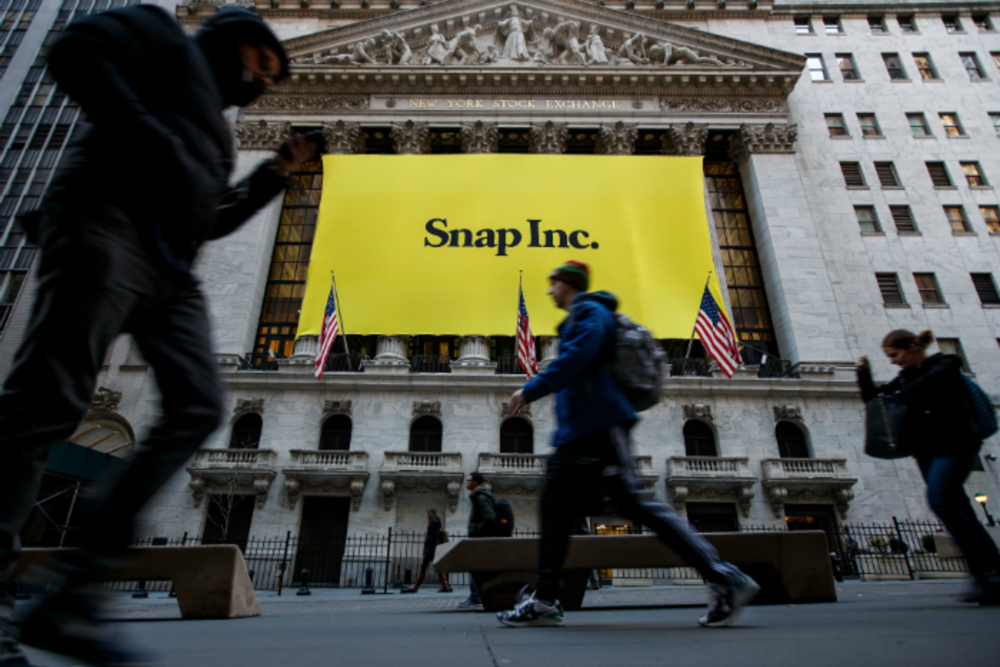Snapchat hasn’t had a great year as a company, despite an impressive IPO. Not terrible by any measure, mind you. After all, any company that can come out and change the very philosophy of digital communications doesn’t just slide off the window after a rough few months. But advertisers have struggled to find value in the ephemeral platform.
“Snaps’ main issue is bandwidth and the richness of their content. They need to think globally about this in order for Snapchat to truly scale as an effective global content distribution powerhouse, says Justin Kennedy, COO & co-founder at Sonobi.
While Snap will likely continue to bolster its offerings to marketers — and while those efforts may indeed bring it closer to the potential its IPO showed — the one thing it has over its sticky-fingered competitors is its Discover platform for publishers, but it seems the company isn’t quite as focused on the feature as it probably should be.
“They are under pressure to innovate as Facebook has made it clear they will copy. They are focusing on bolstering and innovating on the core aspects of their technology. Discover is likely a lower priority to that mission,” Kennedy says.
This shouldn’t be the case. No one is doing content on mobile the way that Snapchat is with Discover. The platform seamlessly melds text, video, interactive content, and advertising all in one package. It’s the evolution of The New York Times’ famous “Snow Fall” article from a few years back. It’s Pitchfork’s cover story technology brought to the (semi) mass market.
Through Discover, publishers finally get the rich media capabilities that they’ve been clamoring for since the fall of print journalism in the early to mid 2000s’. More than that, this content is reaching a valuable, young audience where they are already deeply engaged. What’s more, these experiences completely envelop the screen, creating an oddly cinematic, immersive viewing experience.
“[Discover] allows for a more rich and episodic format for a publisher. This presents them with the opportunity to add a format that is deeply engaging for their audience,” Kennedy says. “In a world where audience growth drives your business, it’s great to have a partner that drives content discovery with its user base.”
It’s difficult to speculate what a company has planned for its future, and it’s easy to become an armchair commentator on what you think a company should or should not do. However, given the clear benefit of Discover as a publishing tool, it seems the next logical step would be to buff the platform. One way to do that would be to spin Discover off as something of a content management system (CMS). It doesn’t have to be the new WordPress, not at all. The feature could plug into a publisher’s existing CMS, and offer them a way to deliver unique content experiences directly to Snapchat, or even as embeds on desktop and mobile webpages.
Imagine an app that allows users and publishers alike to create those interactive and immersive content experiences on their own, with a robust backend for advertising against Snapchat’s existing base.
Now, this is obviously not exactly what marketers want to hear. Afterall, it’s Snapchat’s unique audience that attracts marketers, not the platform’s publishing features. But more and happier publishers does benefit marketers through osmosis. Beyond that, should Snapchat heed the advice here and put more emphasis on Discover, the network will have the rare opportunity to provide a transparent, trustworthy platform for publishers; something its competitors at Facebook and Google have struggled to deliver.
“Where Snapchat can learn from others’ mistakes is by asking the question, how do you ensure publisher monetization is well represented so it is a viable revenue and distribution model for the content makers?“ Kennedy says. “If you consider that Facebook and Google hold, on average, 50% of overall traffic and viewership for publishers — it’s obvious that Snapchat focuses its energy on the premium content brands.”








